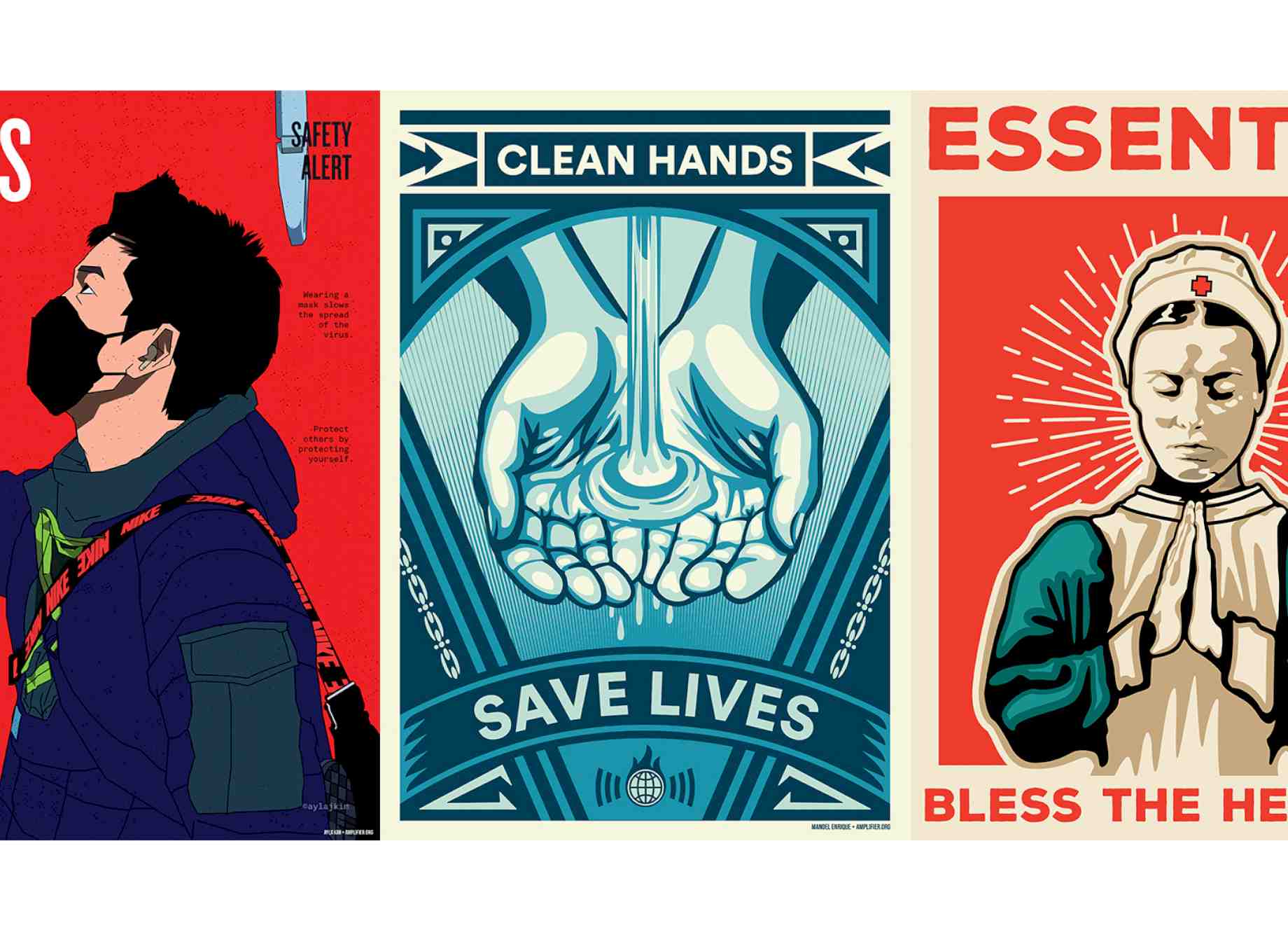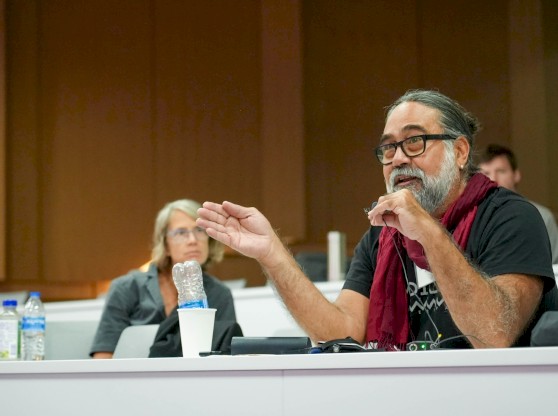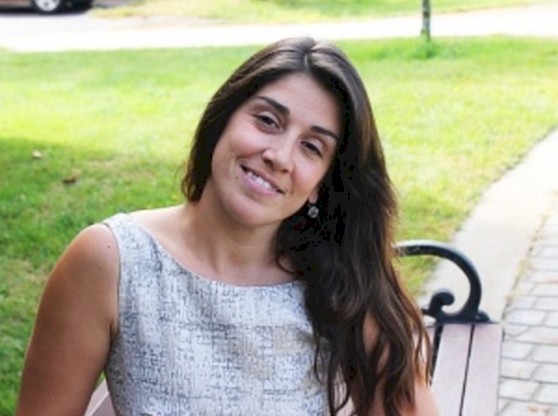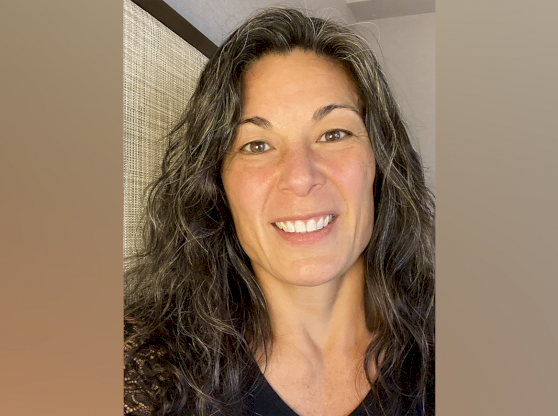In challenging times, people have always turned to the arts.
During this moment of social isolation, we see this as people sing from their balconies and recreate art using only items in their homes.
The arts are a way to cope and process emotions that may be new or exacerbated by the global pandemic.
They also offer another benefit.
According to researchers at the University of Florida Center for Arts in Medicine, the arts can be among the most powerful tools for health communication.
“Especially at times when trust in some government sources of information is in question, the arts can facilitate communication to diverse audiences quickly and widely,” says Jill Sonke, director of the Center for Arts in Medicine. “Artists are trusted community members and influencers. They can make critical information more personally and culturally relevant, understandable and memorable.”
Sonke and her team at the Center for Arts in Medicine are rallying national leaders from the arts, public health, and community development sectors to guide an arts response to COVID-19. The group developed a variety of resources to advocate for how the arts can aid individual well-being and health communication during a global pandemic.
“We can’t do this alone," Sonke says. "This is a tremendous national effort. Artists and arts organizations stepped up immediately with great work that is creating connection, strengthening health communication, and helping people cope with the stress of this crisis. We want to make that work visible, drive cross-sector collaboration, and provide resources to make everyone’s work more directed and impactful. We especially want to help the public health sector utilize the artists and arts resources that are available in every community.”
This isn’t the first time the center has responded to global crises. In 2014, during the Ebola outbreak in West Africa, Sonke and others joined forces with the UF Emergency Response Team and the United Nations Mission for Emergency Ebola Response to establish an international working group to explore how the arts could help stop the epidemic.
In West Africa, popular musicians recorded songs with lyrics informed by UNICEF’s public health experts, and they topped the charts in Liberia within days, according to the Center for Arts in Medicine. The research found that these collaborations were highly effective in shifting widespread beliefs and behaviors associated with the transmission and care of the virus.
When COVID-19 began posing a threat to the United States, the Center for Arts in Medicine was prepared to connect leaders across the country who were engaged in the Creating Healthy Communities initiative, which the center began two years ago with ArtPlace America.
In March, over 80 individuals joined a live call to discuss how the arts were being mobilized to aid the country during COVID-19. Artists were already at work addressing social isolation, mental health, and resilience among elders, children, healthcare workers, and whole communities.
The group began developing government advisory briefs, frameworks, and a research repository to further advocate for artists’ work.
Keely Mason, the Center for Arts in Medicine program associate and graduate assistant, said they were quickly able to leverage research findings from the Ebola studies and continue to demonstrate what artists have known for a long time.
“During the Ebola crisis, we saw that arts could be an effective tool for communicating critical health information,” says Mason, a soon-to-be graduate of the Master of Arts in Arts in Medicine online program. “The arts have always been a resource for communication and connection, and they are continuing to offer a way for people to communicate and connect during this time.”
Mason was part of the team that created the Call for Collaboration, which invites organizations and professionals to engage and pay artists, adapt arts programming to online or safely distanced formats, and think long-term about community revitalization and new support systems for public health beyond the immediate crisis.
Artists are among those threatened by extreme financial uncertainty, the call cites. By using arts-empowered approaches to communication and coping, they also help employ artists and sustain arts organizations.
“Now is a really critical time where artists are partnering with health professionals,” Mason says. “We’re advocating for their partnership.”
The center is also hosting a hub of resources, case studies, and projects related to COVID-19.
Nicole Morgan, a research coordinator at the center, is helping to build the repository. Anyone can submit articles, media, organizations, projects, and professionals on the website, and Morgan and others help approve and add them to the site.
Already the repository has over 240 entries, which include a #KeepMakingArt campaign, guidelines for arts responders post-disaster, and a video of an artist who created a sand sculpture to spread awareness about COVID-19 in eastern India.
“The repository is a great resource for all of the people staying home right now looking for ways to engage in the arts for their own well-being, connection, and distraction,” Morgan says. “But it’s also a great resource for public health professionals seeking ways to leverage the arts and creativity in their COVID-19 response.”
The Center for Arts in Medicine in partnership with ArtPlace America and others has also published an evidence-based framework, created government advisory briefs, and is conducting a study of the psychosocial effects of quarantine.
“This is a big moment of opportunity,” Morgan says. “Nobody really knows how things will change. We see this as an opportunity to engage with the world differently.
You can view the Center for Arts in Medicine’s full COVID-19 Arts Response here.



